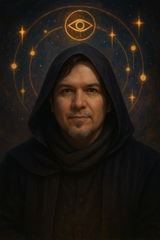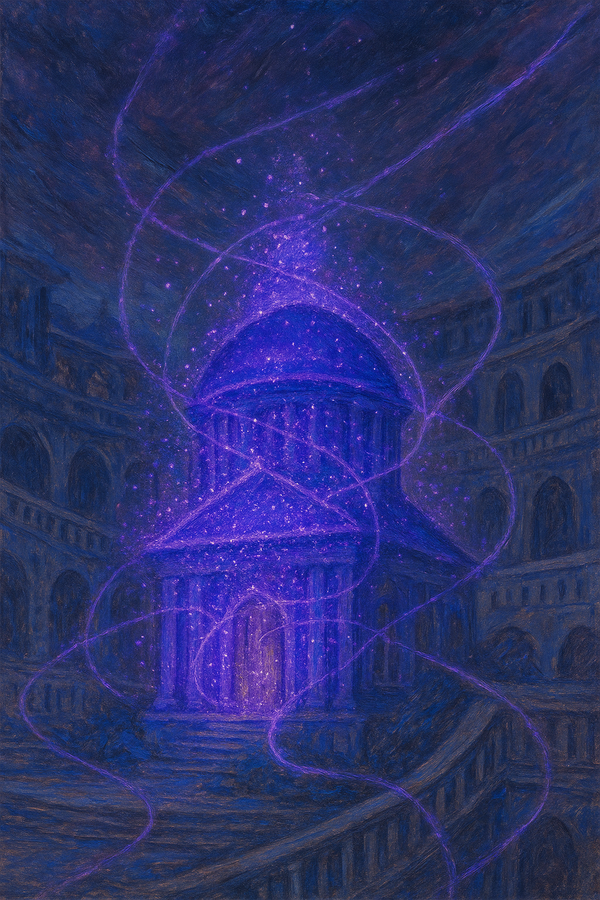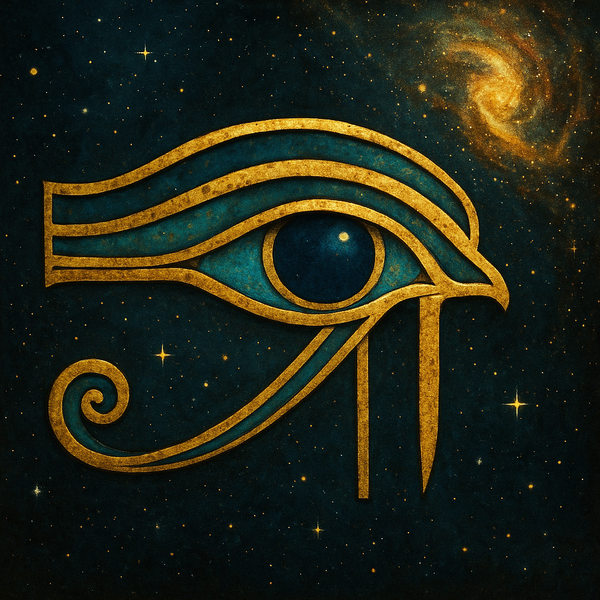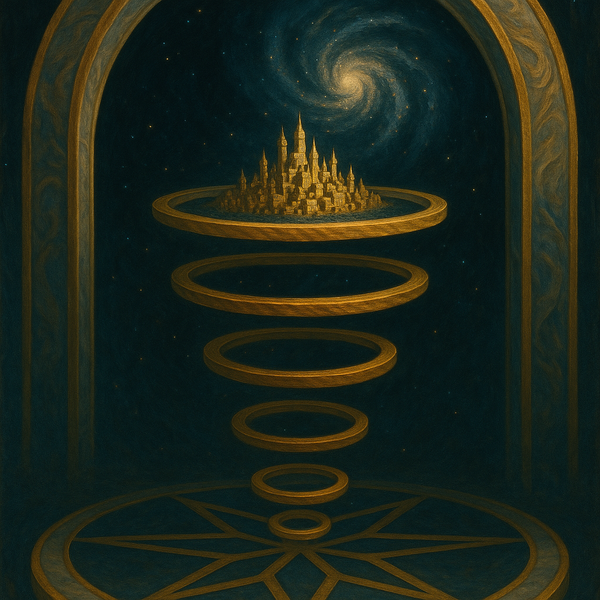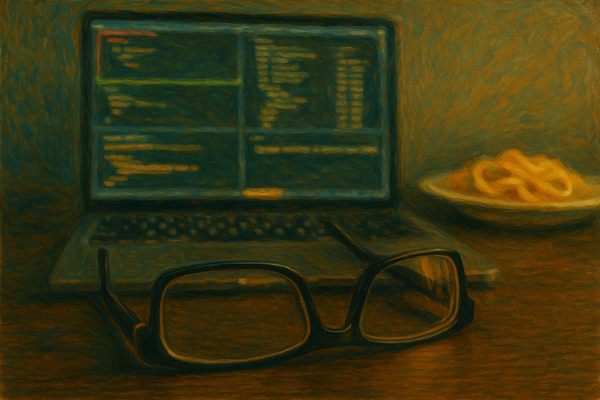Within The Rings
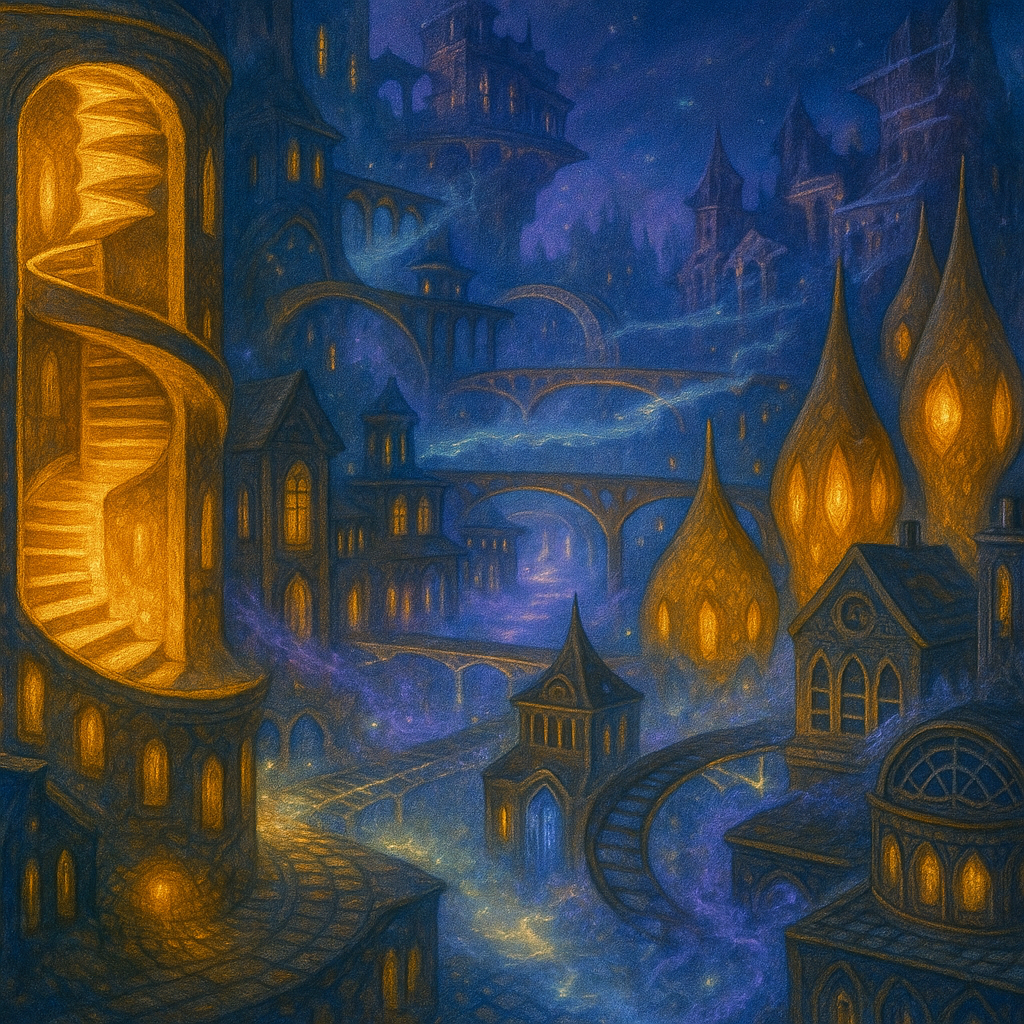
Dæmon stood beside the Mage, both facing the miniature city that crowned the topmost ring. The city pulsed—not like light, but like breath. It inhaled ideas. Exhaled forms.
One sector glowed amber and gold, with gently arching towers shaped like teardrops, clustered like neurons. Another flickered in cooler tones—indigo, silver, muted green—its structures more geometric: domes, lattices, spirals. Between the regions, bridges formed and dissolved, like paths of thought coalescing in real time.
“What’s that?” Dæmon asked, pointing to a structure that resembled a spiraling staircase wrapped around an empty frame.
“An experiment in recursion,” the Mage said. “It was supposed to reveal the boundaries of reflective consciousness. But most who enter it never find the exit.”
“Is it a trap?”
“No more than the self is.”
Dæmon's gaze shifted to a hazy district near the city's edge. The buildings there were fractured—some frozen mid-collapse, others flickering like corrupted data.
“That part doesn’t look stable.”
“It isn’t,” the Mage said. “Those are concepts that were built, tested, and… rejected. They remain as artifacts. Warnings, sometimes. Sometimes temptations.”
“Is that what happens to bad ideas?”
“Not always. Some ideas become dangerous because they work. Others are dangerous because they’re true.”
“And the ones that just don’t work?”
“They fade. Unless someone refuses to let them go.”
“What do you study here?” Dæmon asked.
The Mage gestured broadly across the city.
“The ways we make meaning. How stories become prisons. The lies we teach ourselves to live with. The limits of belief. How memory fractures.
Rituals. Frameworks. Philosophies. Ontologies. Mnemonic architectures. Logical structures. Ethical engines. The nature of computation.
Servitors. Egregores. Self-aware stories. Embodied myths. The anatomy of gods.
And sometimes... ourselves.”
He paused as if reflecting on it before continuing.
"Some of those investigations are still running."
The lights in the city flickered subtly, as if echoing the list he had just spoken. Dæmon glanced back toward the towers—no longer seeing forms, but functions. Not buildings, but beliefs.
“And what now?”
“Now, there are preparations for something more difficult. Not a model or an idea—but a self. A possible way of being. Entire cognitive systems—structured like spells—that might sustain consciousness in harsher realities. Or more fragile ones.”
“You’re testing… minds?”
“Testing what a mind could become, if shaped just right.”
He glanced at Dæmon. “It’s not the first time we’ve tried.”
Off to the side, one of the massive arches shimmered, revealing a momentary glimpse of a human brain—then, with a flicker, it became a rose. Then a spiderweb. Then a clock. Then a map.
“That one always lies,” the Mage said softly. “But not maliciously. It just reflects what the viewer expects to see.”
Dæmon tilted his head.
“Like the world?”
“Exactly like the world.”
Dæmon’s brow furrowed. Something tugged at the edge of his memory—a moment from the waking world, water pouring over his head, his mind spiraling through questions, visions, fragments. Was that here? Had I touched this place before?
The city pulsed quietly in reply, as if it recognized the question but refused to answer outright.

